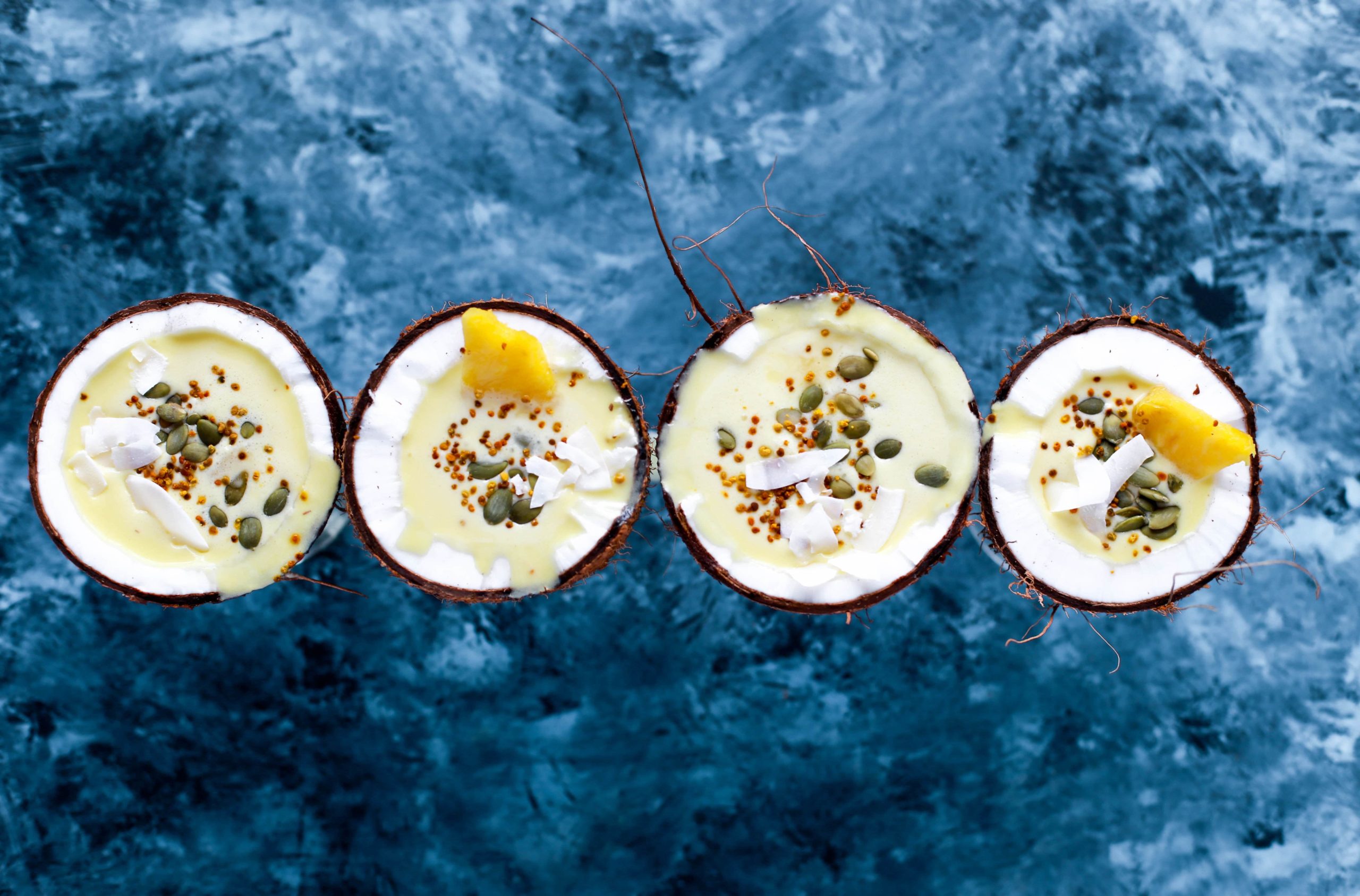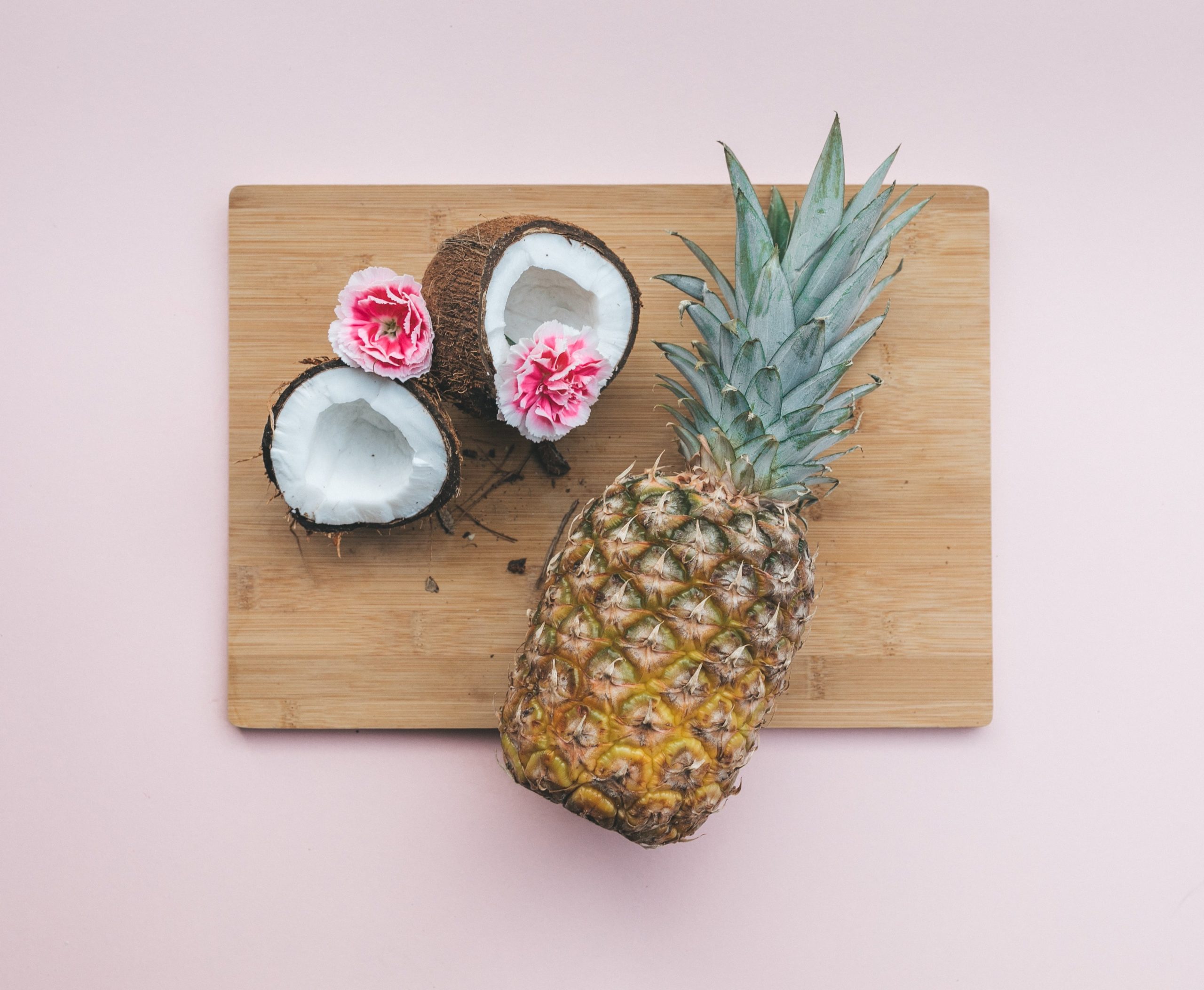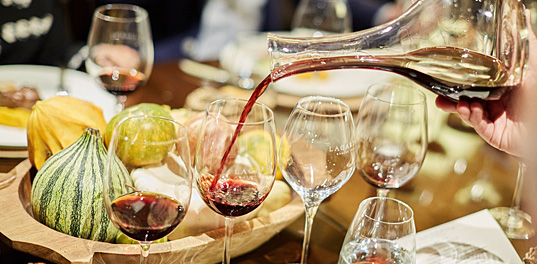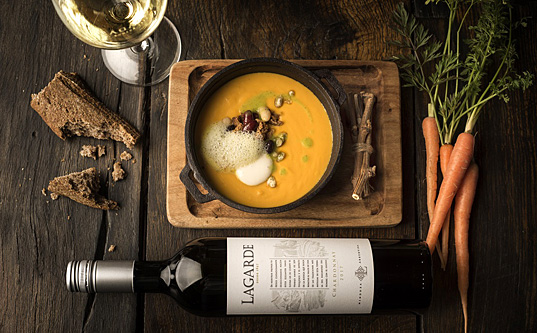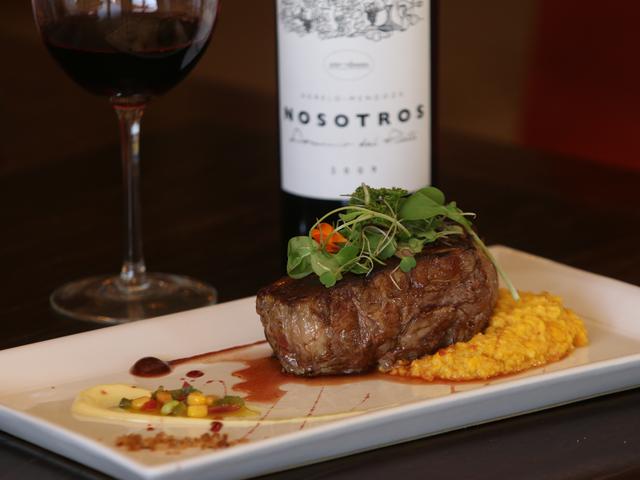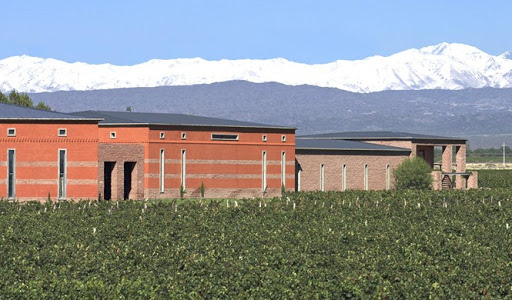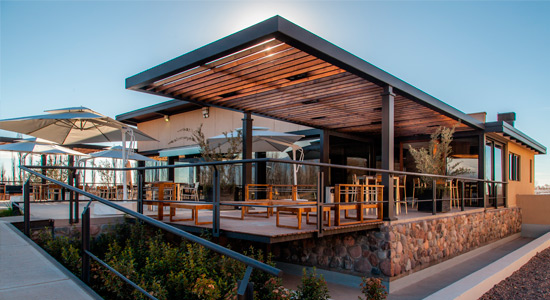Discover the culture and travel hotspots of Chile and Argentina
Argentina has a strong Welsh community in Patagonia, with several towns and villages populated by Welsh immigrants who brought their language, culture and tea houses with them. Clorrie Yeomans explores the history of the Welsh culture in Patagonia and some of the Welsh tea house recipes.
Patagonia is famous for its whales, penguins and…… Welsh tea houses! 12,000 kilometres away from the Welsh valleys, the other side of the Atlantic, lies Y Wladfa. Over 150 years ago, the first Welsh settlers arrived in the Patagonian desert and built their ‘little Wales beyond Wales’. Today, the Welsh-Argentinean community in the towns around Gaiman, Trelew and Trevelin continue to preserve their heritage, language, religion and cuisine. This unique diaspora continues to grow and remodel what it means to be Welsh and Argentinean as this tapestry of traditions has given birth to a distinctively Patagonian identity and way of life which thrives within the small, isolated villages at the edge of the world.
You may be wondering, so why is there a Welsh community in Patagonia? Like the waves of Italian immigrants moved to the city of Buenos Aires before venturing further inland, a much smaller Welsh community settled in Patagonia. These settlers did not venture to the other side of the world in seek of great fortunes or hidden cities. Rather, the Welsh non-conformists felt that their language and religion was increasingly threatened by the English language and Anglican church. They were told that Patagonia was just as fertile as lowland Wales and full of blossoming fruit trees. The Argentinean government, which was keen to populate this vast desert with European immigrants, offered a promising package of 100 square kilometres of land to Welsh farmers. The first 153 pioneers therefore embarked on an eight-week journey onboard a clipper called Mimosa which set sail from Liverpool in 1865. Each passenger paid a hefty sum of 12 pounds for their one-way ticket, so you can only imagine how disappointed they felt when they arrived to the shores of Puerto Madryn to find a semi-arid, vast desert which seemed like a different world to the luscious green Welsh valleys.
It was here, in Puerto Madryn, that the Welsh founders took refuge in the caves by the sea. The men then walked for days to find the fertile land promised to them- until they reached the Chubut River, where the women and children would later join them. It was here that the Welsh dug their irrigation systems by hand, with the help of the indigenous Tehuelche people who taught them the ways of the land. After years of exhausting work, the Welsh communities received their first wheat harvests.
Welsh culture in Patagonia today
The story of the perseverant Welsh founders continues to be commemorated today- from the village chapels where Patagonians sing hymns in the Welsh language, to the place names, bilingual street signs and the daffodil stickers in people’s car windows. In fact, many children go to bilingual Welsh-Spanish schools and in recent years, cultural programmes have been organised by the Welsh Assembly, the Patagonian government and the British Council as Welsh teachers are sent to Patagonia every year.
Visiting Welsh Patagonia
While there are small museums open all year commemorating the Welsh settlers, if you are keen to experience Welsh culture, the best time of year to visit is October. This is when the famous Eisteddfod poetry and music festival takes place and the streets are filled with school choirs singing in Welsh.
A trip to Welsh Patagonia would also be incomplete without a Welsh afternoon tea in one of the famous casas de te (tea houses) in Gaiman. Here, Welsh cakes and pastries are served, including torta de crema (baked cream pie), white grape jam and butter bread, using recipes which have been passed down from generation to generation. The most famous of which is the torta negra (black cake). This is a Patagonian take on the Welsh fruit loaf bara brith which was first created by the original settlers who needed a delicious yet filling food which would keep for a long time during their voyage.
Today, their descendants keep their stories alive while wearing traditional clothing and speaking to customers in Welsh as they serve tea in knitted tea cosies. And of course, every Patagonian will mention the story of the time that the late Princess of Wales, Lady Diana, herself drank tea with bread and jam in one of the tea houses on a trip to ‘little Wales’.
Why not make your own torta negra fit for a princess with our traditional Patagonian fruit cake recipe:
Torta Negra Recipe
Ingredients:
- 3 cups white flour
- 1 1/2 cups brown sugar
- 1 cup butter
- 1 cup chopped seedless raisins
- 1 cup chopped seedless sultanas
- 1 cup chopped prunes, apricots or candied fruit
- 1 cup chopped walnuts
- 1 cup rum (substituted for Earl Grey tea in some tea houses)
- 2-3 eggs, beaten
- 2 tsp baking powder
- 1/2 tsp baking soda
- 1/2 tsp salt
- 1 tsp cinnamon
- 1 tsp nutmeg
- 1tsp ginger
Day 1
Place chopped fruits and nuts in a bowl and soak them in the rum or tea for one day.
In another bowl, mix the flour, salt, brown sugar, cinnamon, nutmeg and ginger. Blend in the butter and mix the butter with the dry ingredients using the tips of your fingers as if you were making a fruit crumble.
Day 2
Incorporate the baking powder into the dry mixture. Add the soaked fruit and nut mixture. Put the baking soda in a cup and add a dash of hot milk before combining with the rest of the mixture. Mix in the beaten eggs until the mixture is quite sticky.
Pour the mixture in either one big or two small baking pans and bake at 135 degrees Celsius for 2 hours, or until the knife comes out clean.
You can decorate your tea loaf with a sprinkle of icing sugar on the top and some glazed fruit and nuts.
Discover Patagonia:
- Best places to hike in Patagonia
- Sweet Treats of Northern Patagonia
- Neuquén, Patagonia: The land of dinosaurs and Pinot Noir
- Is this the southernmost vineyard in the world?



